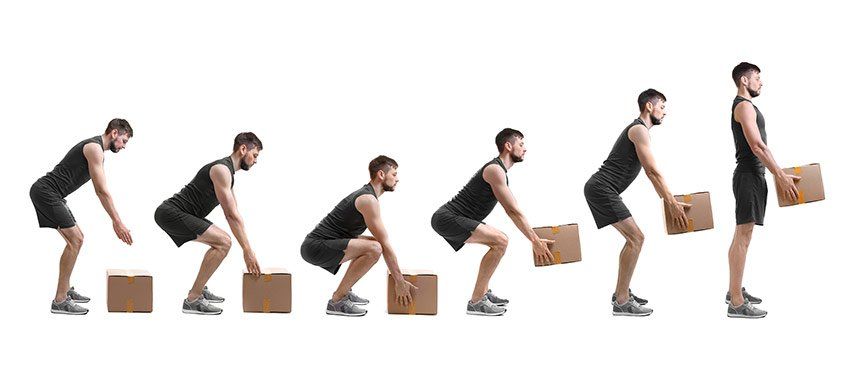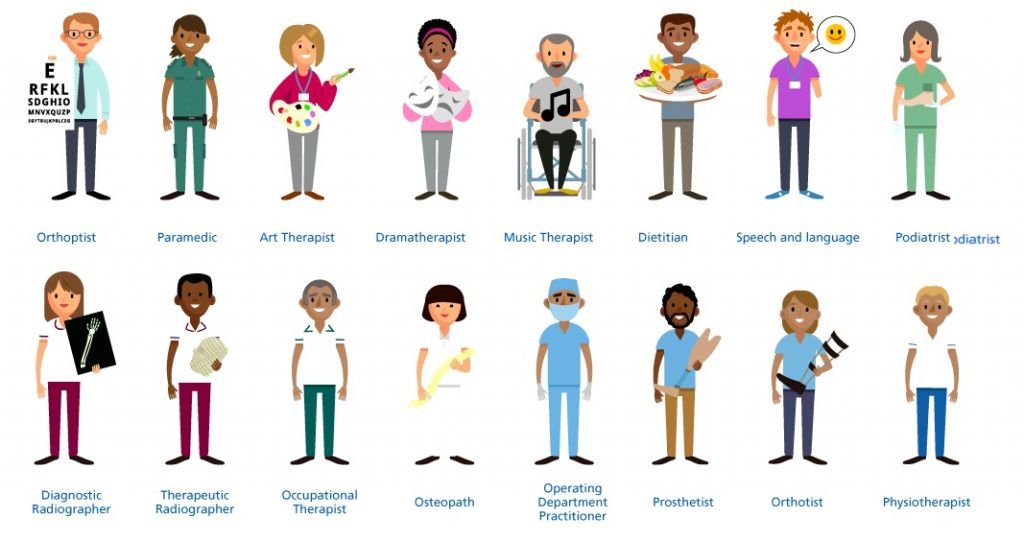Avoiding Back pain when Gardening
8 ways to mitigate against by pain and strain while Gardening
- Take breaks - don't over do it!
You can spend hours on end in garden just pottering away, whether you are planting a bed of flowers or rotavating your vegetable patch, you can easily lose track of time and end up 3 hours into what originally was a quick 30 tidy up. We recommend that you have timers set on your phone or a stopwatch that goes off every 30 - 45 minutes to remind you to take a break. In doing so you will make sure not to over do it and avoid any niggles or strains. As a rough guideline, you should take a 15 - 20 minute break every hour. For example, work for 45 minutes and then rest for 15 minutes, repeat etc...
- Stretch out before starting
Stretching out is highly recommended before any exercise, so why not use the same rule for gardening, as gardening is very physical, it is very important to be stretched out so you decrease the chances of pulling a muscles or straining the back, as it can cause you a lot of pain and possibly even stop you from gardening all together. It's better to spend a couple minutes stretching than have to rest for a couple weeks because you didn't want to stretch before working.
- Use kneeling pads
Kneeling pads are great for when you are on your knees planting a border or trimming down low lying bushes. They cushion your knees and provide a comfortable position for gardening. I would highly recommend them to anyone who spends a long time gardening. The knee is one of the easiest places to get an injury and more so one of the hardest areas of the body to treat when injured. So investing in a kneeling pad is well worth your time.
- Use a chair while you work
Back and leg supports are very important and as gardening usually requires you to bend over and bend down into lots of different positions, using a chair when gardening can be very beneficial, especially if you are just working on one particular area in the garden. Obviously it's not viable for you to use a chair all the time because you will be working high and low and in area where a chair won't even fit, but it you happen to be doing something which a chair would be helpful, I highly recommend you give it a go.
- "How to properly lift and lower"
When gardening, you will find that you will have to lift some heavy branches or a big bag of debris after pruning. It is essential that you know how to lift and lower heavy objects properly and safely.
When lifting an object follow the steps as listed below:
- Squad down in front of the object you want to pick up, (make sure you bend down with your knees)
- Grab the object with both hands and lift with your legs and bend with your knees,
- Keep your hands by your sides and level with your core as you have the most strength in the centre of your core.
Refer to the picture below:
- Avoid twisting awkwardly
Twisting and leaning awkwardly can result in physical injury, when you are twisting and moving try and move your whole body in one motion rather than just one area, this will vastly reduce the chances of injury and prevent you from locking up or freezing. Full body movements helps with stability in the spine and lower back, this will also keep your neck mobilized but not overworked.
- Rest and hydrated
Similar to making sure you take breaks, it is also very important to have longer periods of rest. For example, if you were to have a long day potting up plants and generally working in the garden, take a day off from it the following day and then go back to it the day after, almost have a routine where you work one day and have one day off then repeat etc...
Staying hydrated is massively important too, as summer is slowly coming, the weather is improving and therefore you will start to sweat when you are working in the garden. This means you will be losing more water from your body. Keep are jug of water with you when gardening and when you have break may sure you have a glass.
- Stretch off after
The same principle applies after you finish in the garden to when you start. A quick stretch off after a long period in the garden can be the difference in stopping a muscle from tightening up and straining.




